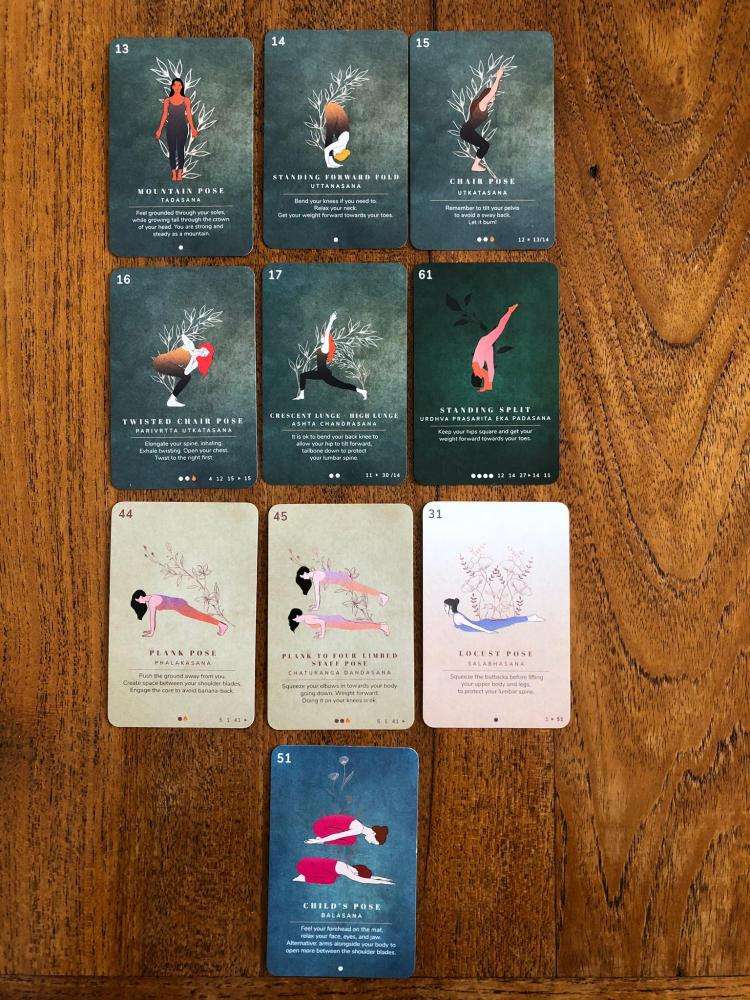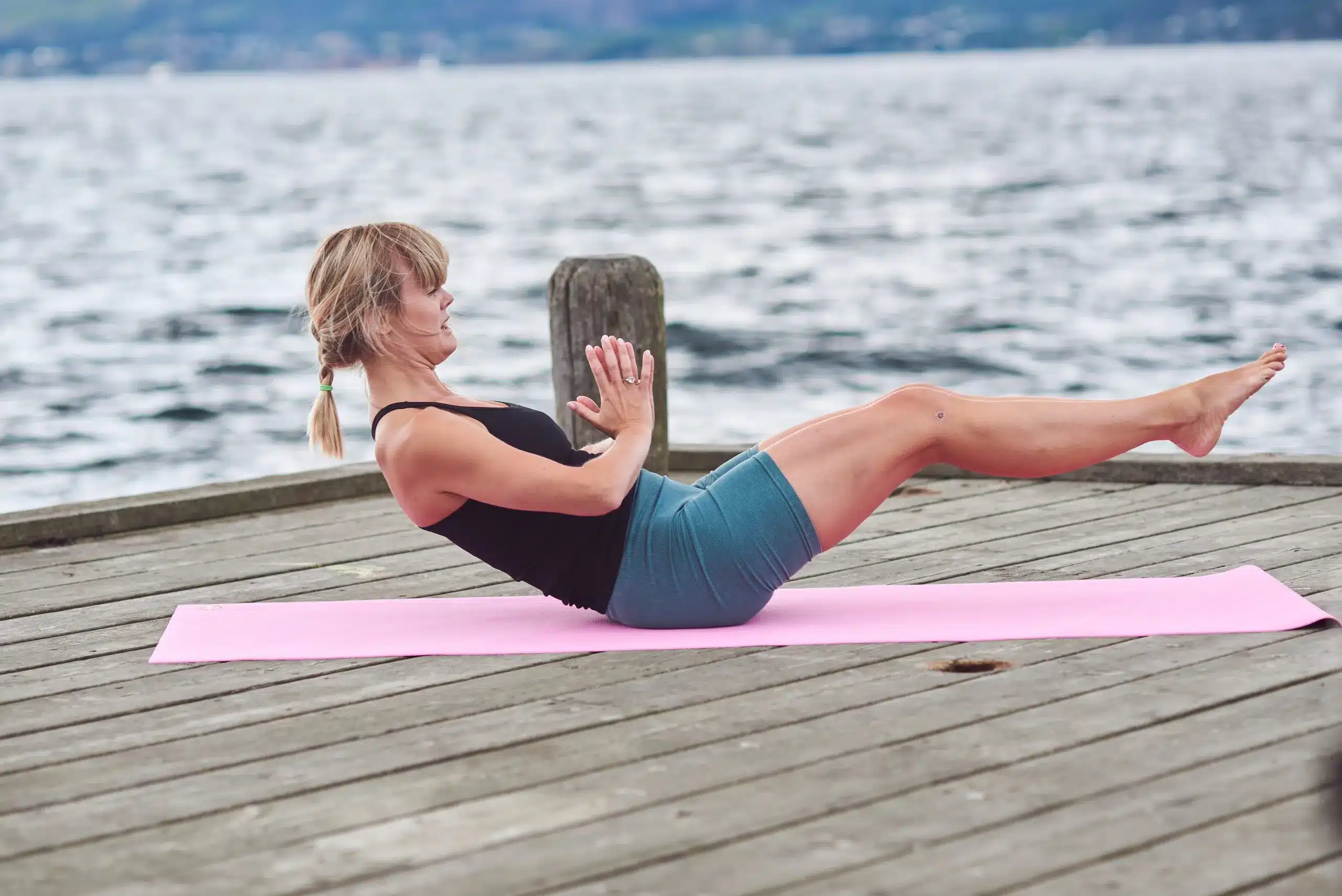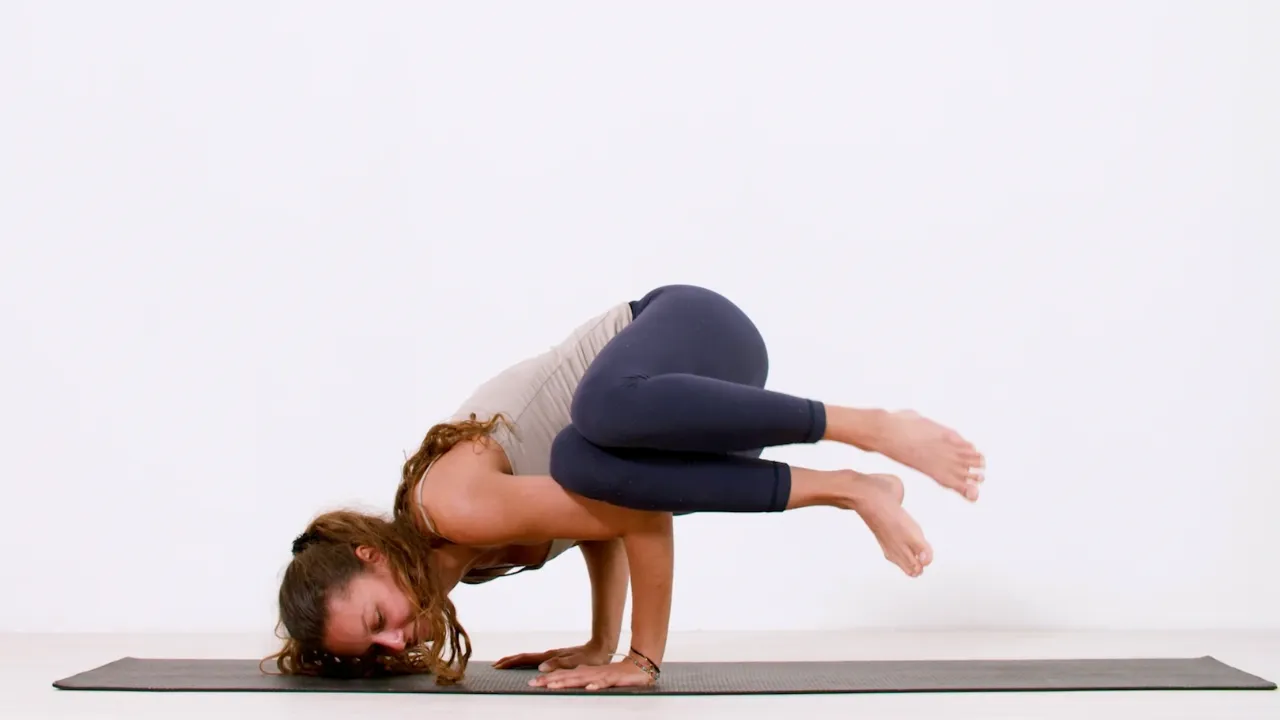
Yin Yoga for Beginners: Find A New Balance in Your Life
Are you a beginner practitioner and wondering if Yin Yoga is for you? Maybe you’ve likely heard about Yin and Yang and the importance of
We’re Turning 5 – Celebrate With an EXTRA 15% OFF!
✨ Use code: PPB5YEARS at checkout
⏳ Offer ends Sunday at midnight – no extensions

Have you had a chance to think about Ahimsa — and apply it to your life this past week?
If not, no worries these things take time and persistence. I recommend giving it some thought this week.
Making a change in our habits — especially deep habits like how we perceive ourselves and others, how we see the world, what we believe — it’s not easy AT ALL.
But… that’s why we practice Yoga!
Our practice is like a special “gym,” where we train more than just our bodies. We train one step at a time, to live better lives off the mat.
We start from the most simple place: Our body and the asanas.
That’s what we’re going to talk about in today’s newsletter…
How to integrate Ahimsa into your asana practice.
One of the guiding principles of yoga is to keep the practice within your personal limits. That means flexibility, strength, endurance, and balance.
Sometimes — especially during guided classes — we might be confused by teacher’s indications. While practicing downward-facing dog, the teacher might ask us to “try” to bring our heels down to the mat…
But “try” could be a tricky word… because we’ll all receive different signals from our muscles and joints for THAT movement!
Focusing on the objective as told to us by our teacher, which is trying to reach the mat with our heel. But instead, we’ll probably lose the extension in our back and overstretch our hamstrings.
And this is NOT the intention of the downward-facing dog pose!
This happens even if we are alone in self-practice because we can become distracted by the voices inside our minds. Especially the voice that tells us what we “should” be doing to reach the “perfect” execution of the pose.
The point is there is no “perfect” execution, no goal to reach except one:
Be as mindful as possible in your poses… so you can listen to the signals and… without engaging the ego… keep the pose within comfortable limits.
Patanjali defines asana as “Sthira Sukham Asanam” which means the asana must be steady or firm, but also comfortable.
If you follow this definition of asana, you’ll be following the principle of Ahimsa.
But it’s hard to maintain awareness of this… how can we work on THAT?
A good strategy is to pay attention to your own facial expressions. This is an excellent indicator of whether you are trying to go beyond your limits.
If you cannot smile in a pose and have a contorted facial expression, you are in the range of causing “himsa” or injury to yourself.
This is the signal to bring yourself back within your comfort zone…
Steady and firm, yet comfortable.
Here’s a little suggestion for a short gentle flow practice that focuses on building three main aspects of Ahimsa: love, compassion, and vitality.
Some indications on how to do the sequence:
Try this gentle flow while keeping aware of the principles of Ahimsa we’ve discussed.
Let me know how your experience goes in our Facebook Group — or even by replying to this email if you’d like some more personal advice! I’m looking forward to hearing from you!
With love,
Arianna

Are you a beginner practitioner and wondering if Yin Yoga is for you? Maybe you’ve likely heard about Yin and Yang and the importance of

Most yogis don’t start a yoga practice with the goal of building strength. Still, having a more muscular and toned body is one of the

If you’ve recently nailed the Yoga Crow Pose, you’re likely looking for your next challenge. Side Crow is the natural next step in your arm

Celebrate With an EXTRA 15% Off
Enjoy an extra 15% OFF everything – decks, bundles, and courses.
✨Use code: PPB5YEARS at checkout
Offer ends Sunday at midnight – no extensions!